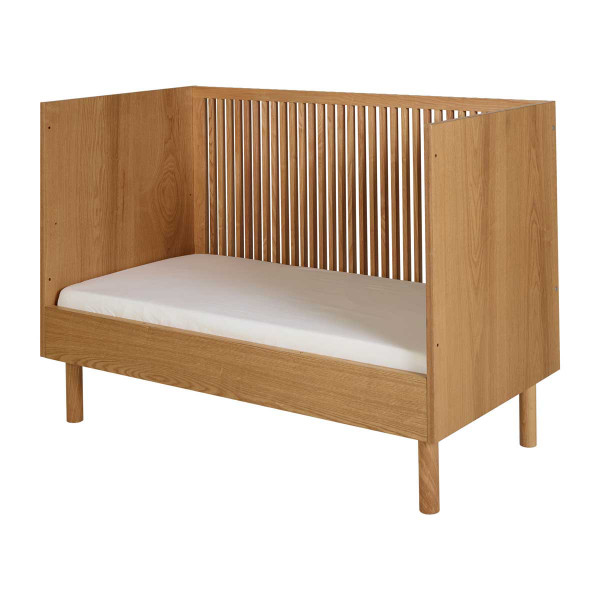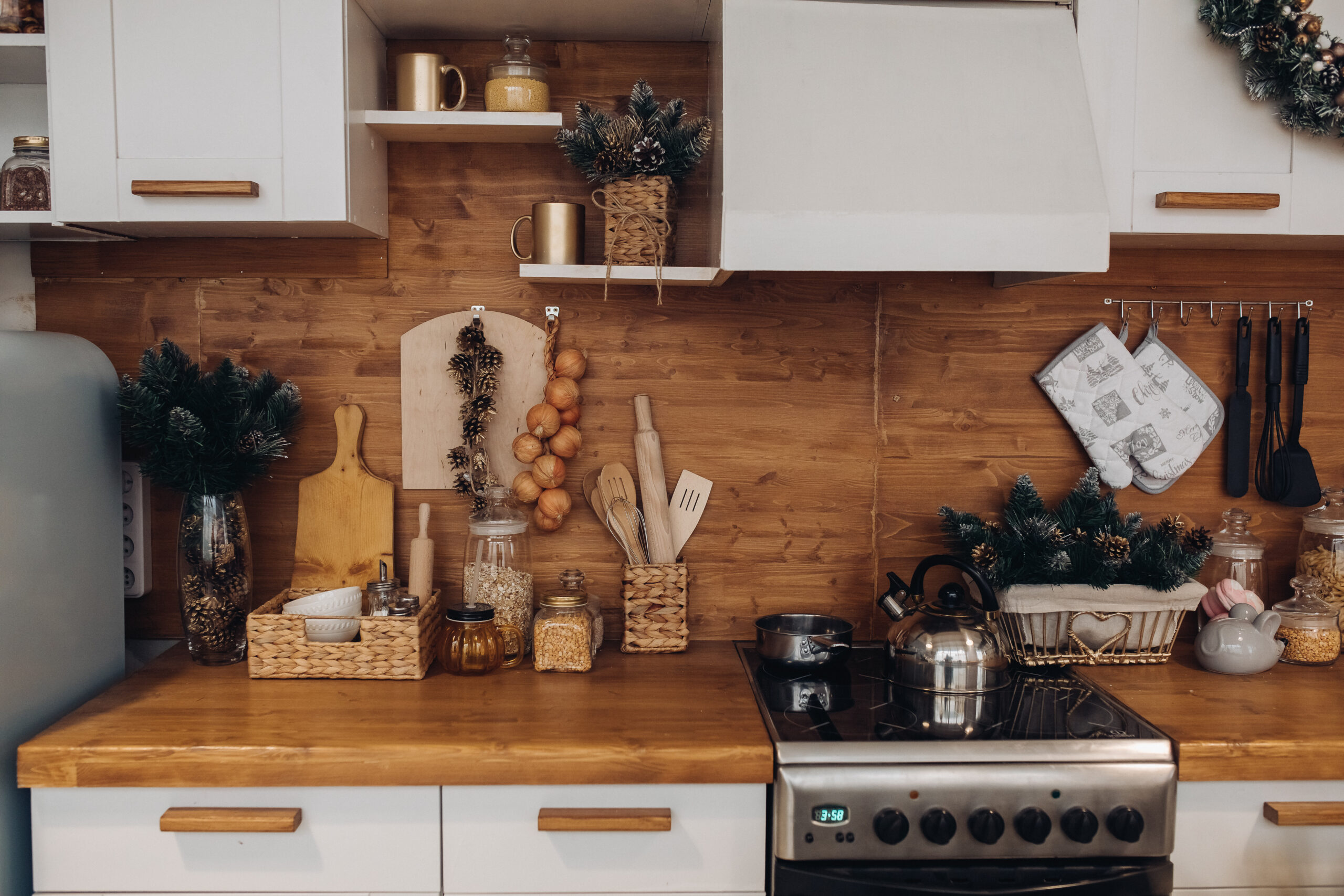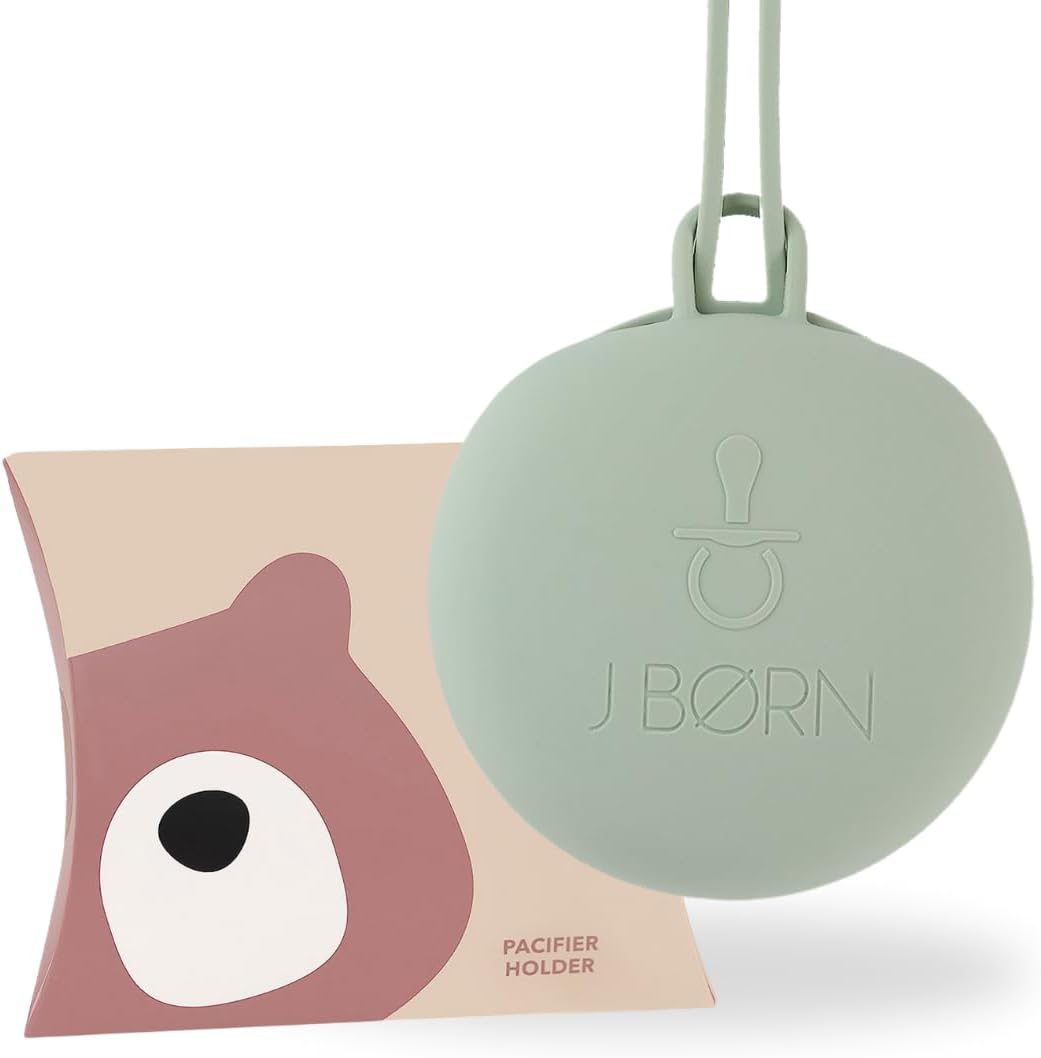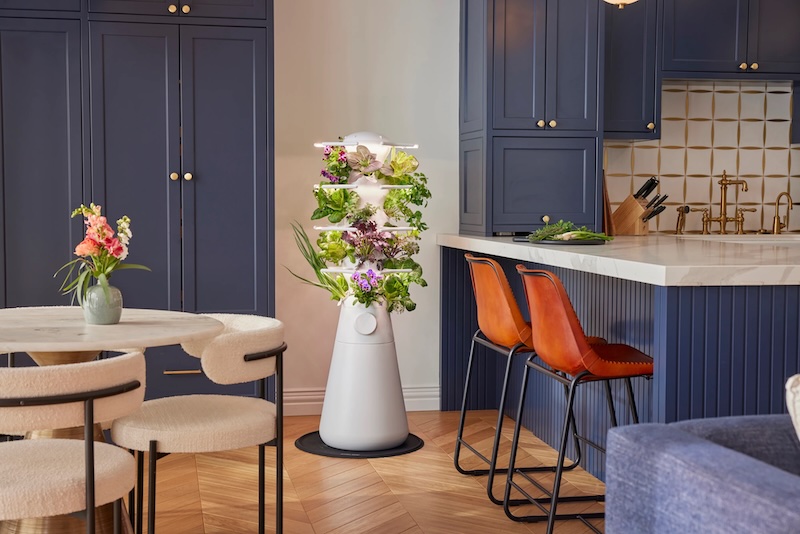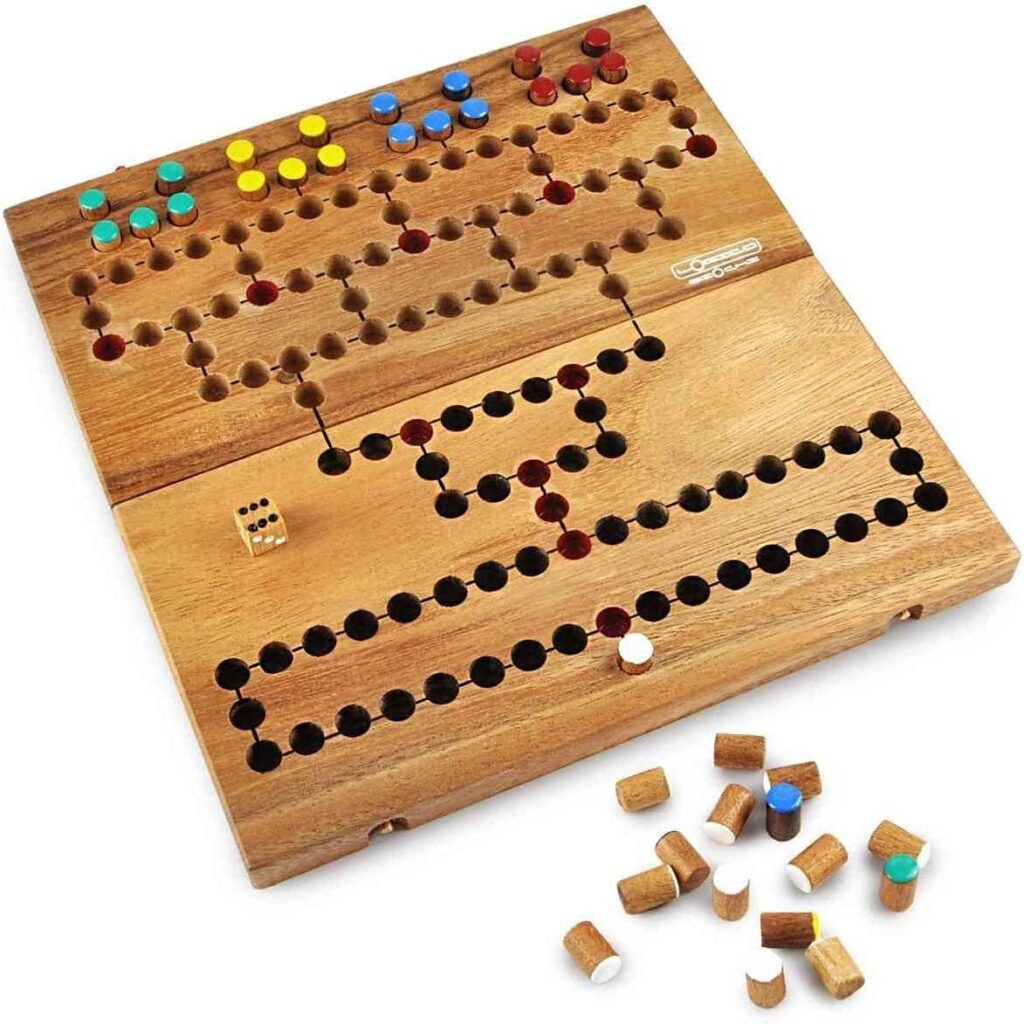A great cot does more than look beautiful. It anchors safe sleep, makes 3 a.m. changes less chaotic, and adapts as your baby becomes a toddler with opinions and a vertical jump. In this article, we’ll map out the principles of a calm, future-proof nursery: where to place your cot, how to pick the right mattress and bedding, how to design for independent play, and how to maintain clean lines without sacrificing practicality. Along the way, we’ll reference the HAI NO KI Crib (140×70)—a minimal, warm-wood centrepiece sized for longevity—so you can translate ideas into a room that works every single day.
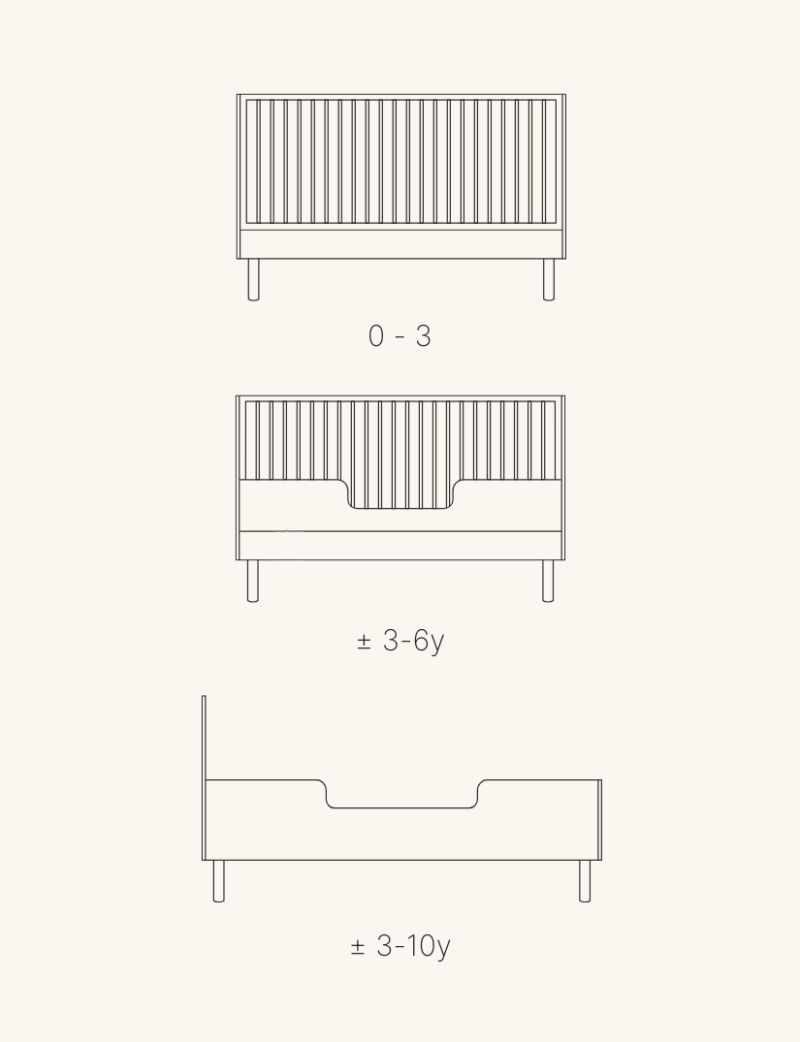
Why Cot Size Matters More Than You Think
The 140×70 cm footprint is a quiet superpower. It buys you years of use without jumping to a full toddler bed too soon, and it gives enough elbow room for a baby who likes to sleep starfish or push off the rails. With a thoughtful design like the HAI NO KI Crib, that space isn’t visual clutter; the clean vertical slats and warm-toned wood keep the nursery feeling calm, not crowded. If you’re working with a small room, place the cot on the longest unbroken wall and keep 60–80 cm of clearance at the foot or side for sheet changes. Bigger isn’t always better—proportion is. A 140×70 cot in a modest room still looks balanced when the rest of the furniture respects negative space.
Safe Sleep, Simplified: The Non-Negotiables
A calm room begins with safe sleep basics. Use a firm, flat mattress that fits the frame snugly—no more than two fingers between mattress and rail. Keep the cot interior clear: no pillows, bumpers, loose blankets, or plush toys during sleep. Dress baby in a fitted sleep bag appropriate to the season; you control warmth with the room temperature and TOG, not soft bedding. Rail height matters once rolling and pulling up begin—choose a cot like the HAI NO KI Crib with secure slat spacing and a sturdy, high-quality frame that doesn’t flex when you lean in. Place a breathable monitor at chest level, angled down; avoid cords within reach.
Mattress & Bedding: Build a Breathable Sleep Surface
A supportive mattress is the single best upgrade you’ll feel nightly. Look for breathable cores (vent channels or perforated foam) and a washable cover with a zip that actually zips smoothly at 2 a.m. Fitted sheets should be snug; stock three in rotation: one on the bed, one in the wash, one ready for emergencies. Natural fibres (cotton percale or jersey) wash well and breathe; avoid anything that pills quickly. The HAI NO KI Crib takes a standard 140×70 mattress, so you have wide choice—prioritize breathability, support, and laundering ease. A slim, waterproof protector protects the core without turning the bed into a crinkly tent.
The Layout That Saves You Minutes (Night After Night)
Imagine 3 a.m. as a mini workflow: approach the cot, settle baby, exit. Place the cot so you have clear egress and no toe-stubbing hazards. Keep the changing area within three steps, with nappies, wipes, and spare sleep bags at shoulder height—no bending, no rummaging. A low, warm-tone night light near the floor keeps your melatonin intact while giving enough glow for checks. The HAI NO KI Crib’s calm silhouette helps here: with smaller visual weight than heavy, ornate frames, the space feels open, which matters when you navigate in the dark.
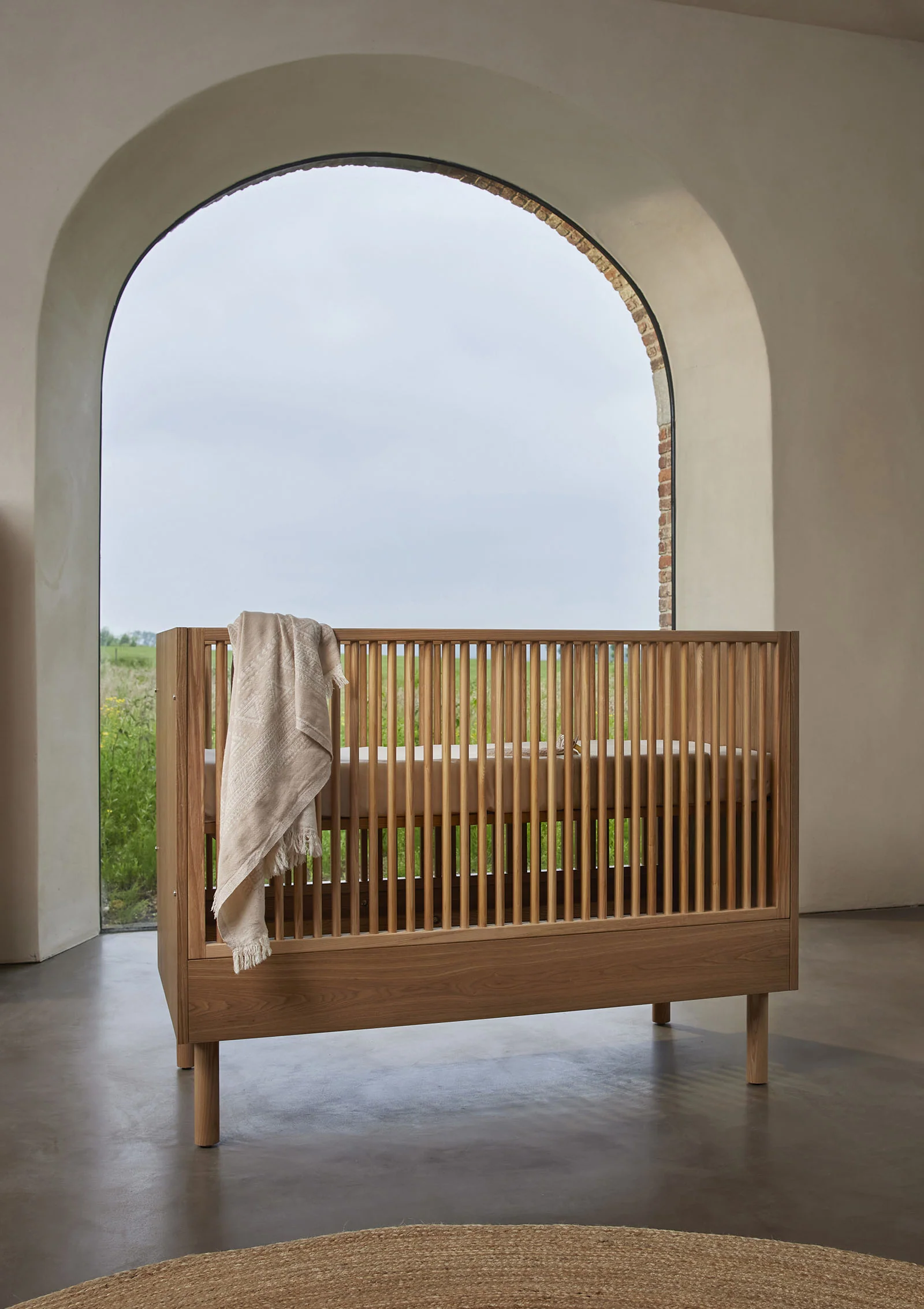
Montessori-Friendly by Design
You can run a Montessori-inspired nursery with a cot—floor beds aren’t mandatory. The principle is independence with safe boundaries. Use the cot for sleep and protect the sleep association; create low shelves and a small, soft play zone for wake windows. Keep toys in shallow baskets and rotate weekly to reduce visual noise. As your baby becomes a toddler, lower the mattress base, let them practise “in-cot independence” with a short, supervised play after nap, and introduce simple routines: hand you the sleep bag, place comforter at the foot (comforters are for older babies per safe sleep guidance). The HAI NO KI Crib supports this arc by staying visually consistent; your child recognises it as “sleep space,” not a climbing gym.
Materials & Sustainability: Why Wood Tone and Finish Matter
Nurseries are sensitive spaces. Choose low-VOC paints and furniture that won’t off-gas harsh smells in a warm room. A well-finished wood cot like the HAI NO KI Crib brings a warm, neutral tone that plays nicely with both Scandinavian palettes and richer textiles. Beyond aesthetics, look at hardware quality, slat joins, and finish durability—these dictate how well the cot survives teething phases and the occasional “toy-as-drumstick” moment. Sustainable choices aren’t just labels; they’re the design details you notice in year two when the frame still looks fresh.
The Routine That Calms, From Day One
Ritual beats elaborate routines. Keep bedtime under 20 minutes: bath (optional), nappy, sleep bag, one short book, lights low, then into the cot with the same phrase each night. For naps, a mini version—change, bag, phrase. If you’re using a portable sound machine, start it before laying baby down; if not, keep the room quiet and predictable. The HAI NO KI Crib earns its keep here as your constant: same look, same feel, a clear signal to switch gears.
Ergonomics for Parents (Your Back Will Thank You)
Newborn months equal hundreds of cot interactions. Set the mattress at the highest safe setting initially to reduce deep bends; lower it promptly once rolling and pulling up begin. Place a small, soft rug underfoot where you stand for transfers. Keep spare sheets in a basket next to the cot, not across the room. When choosing a frame like the HAI NO KI Crib, check hand clearance between slats—smooth edges mean fewer sleeve catches and a quieter, cleaner lay-down.
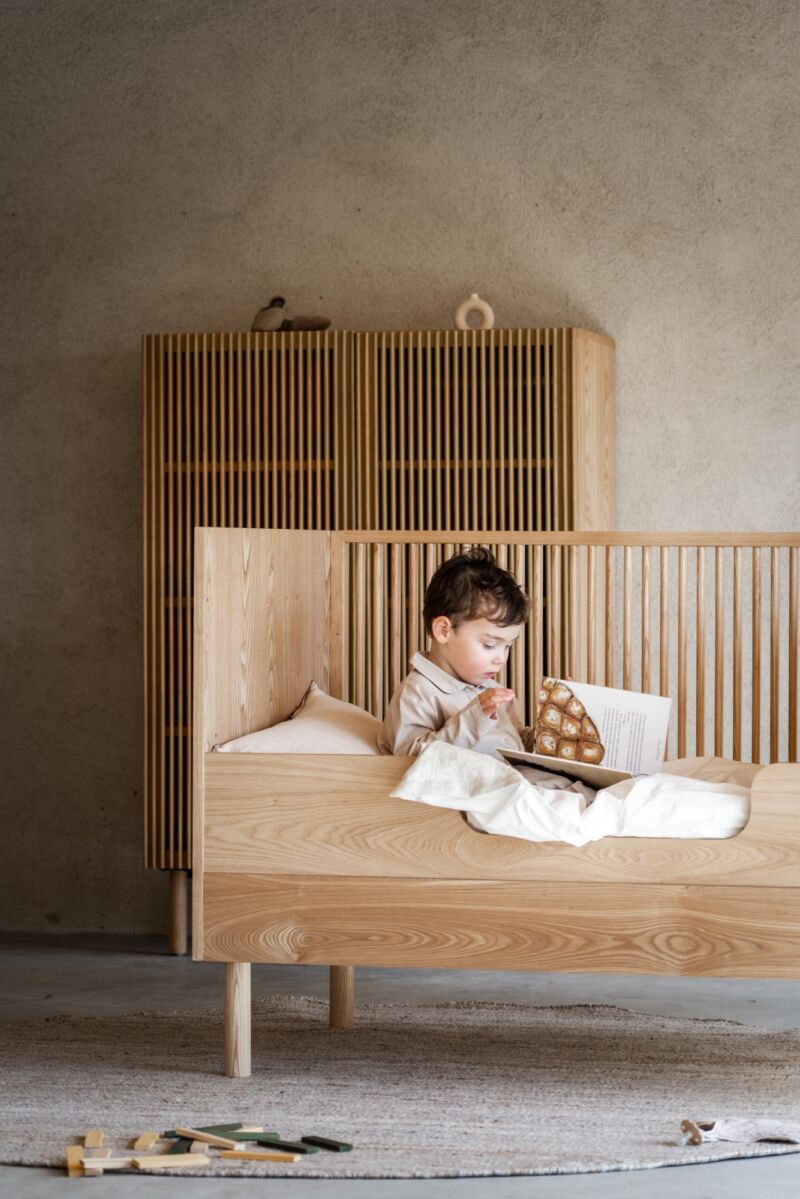
Styling the Room: Quiet Layers, Easy Maintenance
Crisp walls, breathable textiles, and one or two natural textures (rattan, wool, linen) keep the room grounded. Hang art low enough for your toddler to point at later, but far enough from the cot to avoid reaching. Use blackout curtains that seal at the sides with magnetic strips or tracks; daytime darkness protects naps. The HAI NO KI Crib pairs beautifully with both monochrome and colour-pop schemes—try warm neutrals with a single accent (sage, dusty blue, terracotta) and let the wood tone do the heavy lifting.
Mixed Guidance Block (Checklist + Context): Your 10-Point Cot Setup
- Measure twice: Confirm 140×70 mattress fit; check doorways and stairs for delivery path.
- Place with purpose: Longest wall, away from cords, heaters, and direct sun.
- Clear reach zone: 60–80 cm of free space beside the cot for transfers and sheet changes.
- Adjustable base: High at newborn, lower promptly at pull-up stage.
- Snug mattress: Two-finger rule for gaps; add slim waterproof protector.
- Sheets x3: On the bed, in the wash, on deck.
- Night light: Low, warm (2700K), near floor for checks.
- Monitor angle: Chest-level view, cords secured out of reach.
- Laundry station: Basket of backups within an arm’s reach.
- Ritual phrase: Same words, same sequence, every time.
Longevity: From Baby Months to Big-Kid Days
Think ahead: Will the cot convert, or will it stay as is until you transition to a bed? A stable, well-proportioned cot like the HAI NO KI Crib earns its place even if you later move to a toddler bed; it remains a safe, familiar sleep environment through the rolling, crawling, and standing chapters. When the toddler-bed moment arrives, repurpose the space by sliding in a reading nook or floor bed, but keep the same color palette and textiles to reduce upheaval.

Cleaning & Care: Keep It Fresh Without Fuss
Wipe wooden rails with a barely damp, soft cloth; follow with a dry pass. Avoid harsh solvents that can mar protective finishes. Check fasteners quarterly; a quick tighten stops creaks before they begin. For teething months, a removable, washable rail cover protects the finish and little gums. Rotate the mattress head-to-toe monthly to even out wear, and launder sheets and protectors on a warm cycle with baby-safe detergent.
Common Hiccups (and How to Fix Them)
- Early wake-ups: Add blackout side seals; push the first feed by 10 minutes over a few days; keep the pre-dawn room boring (no bright lights, no chatty voices).
- Hard transfers: Warm the sheet with your hand for 20 seconds; lower from the torso first, then head, release your hand slowly at the shoulder blades.
- Standing protests: Lower the mattress promptly; practise “down and hug” during day play so the cue is familiar at bedtime.
- Rolling into rails: A spacious 140×70 sleep surface helps; resist adding bumpers—keep the cot clear for safety and focus on sleep bag sizing.
Conclusion
Future-proof nursery design is about clarity: a safe, breathable sleep surface; a layout that supports you when you’re tired; calming visuals that scale from newborn awe to toddler curiosity. Choose the right size cot, set up your workflow, keep textures natural, and let a simple routine do the rest. With its warm wood tone, thoughtful proportions, and standard 140×70 format, the HAI NO KI Crib is a calm, capable anchor for all the ordinary nights and the extraordinary growth spurts in between—easy to style now, and still right when little feet start racing across the room.
FAQ
- What mattress fits a 140×70 cot best?
Choose a firm, breathable mattress specifically sized 140×70 cm. It should fit snugly with no more than two fingers’ gap between mattress and frame. Add a slim waterproof protector and snug fitted sheet. - Where should I place the cot in a small nursery?
Use the longest uninterrupted wall, away from heaters and cords. Keep at least 60–80 cm of clear space at one side or the foot for sheet changes and quiet pick-ups. - When do I lower the mattress base?
Lower as soon as rolling is consistent and again at pull-to-stand. The goal is to maintain a safe rail height above chest level when your child stands. - Do I need bumpers or pillows?
No. Keep the cot clear for safe sleep. Use a correctly sized sleep bag for warmth, adjust room temperature, and rely on breathable textiles. - How can I make the room darker for daytime naps?
Install blackout curtains with side seals (tracks or magnetic strips). Keep walls uncluttered to reduce visual stimulation, and consider a low, warm night light for checks rather than overhead lights. - Can I create a Montessori nursery with a cot?
Yes. Use the cot for sleep, and build independence with low shelves, simple toy rotations, and a safe floor play area. Keep routines consistent so your child recognises sleep cues. - How many sheets do I really need?
Three is the sweet spot: one on, one in the wash, one spare. For newborn months or reflux, consider four to reduce laundry pressure. - What’s the best cleaning routine for a wooden cot?
Wipe rails with a soft, slightly damp cloth and dry immediately. Avoid harsh chemicals. Tighten fasteners quarterly and rotate the mattress monthly. - How long will a 140×70 cot last?
With a supportive mattress and adjustable base, many families use a 140×70 cot comfortably into toddler years before transitioning to a bed. The HAI NO KI Crib’s proportions help it feel right throughout that span.

